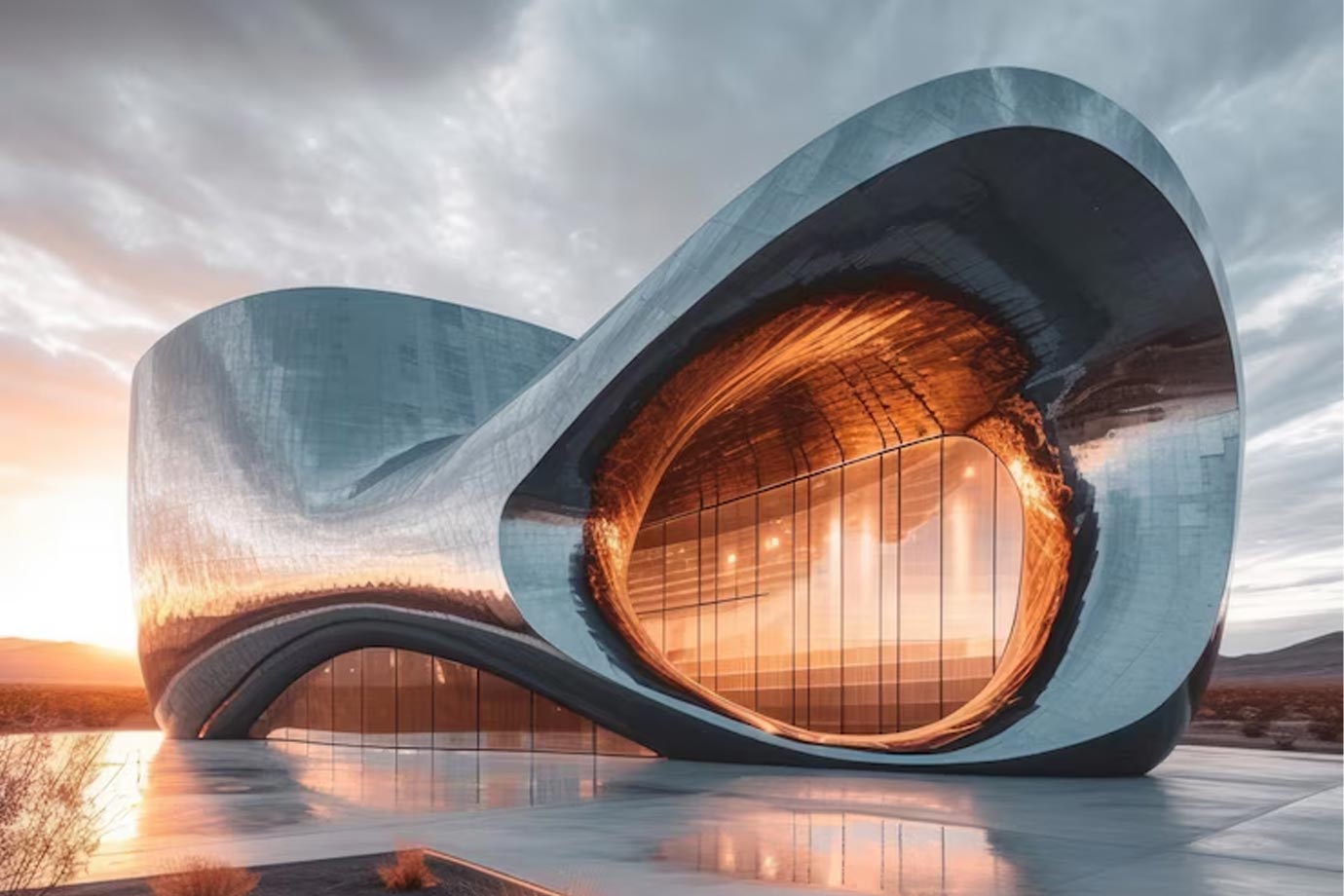When exploring the vast landscape of architectural styles, the question of timelessness often arises. What makes a style endure through the ages, appealing across generations and geographic boundaries? A timeless architecture not only stands the test of time physically but also resonates with aesthetic and functional relevance no matter the era. This exploration seeks to uncover which architectural style can truly be considered timeless, offering insights into various historical contexts and their lasting impacts on today’s built environment.
The search for a timeless architectural style begins with a look at the classics. Classical architecture, rooted in the ancient civilizations of Greece and Rome, has long been heralded for its emphasis on proportion, order, and symmetry. Structures like the Parthenon in Greece and the Pantheon in Rome epitomize this style, featuring iconic columns and pediments that have influenced countless buildings throughout history. The principles of classical architecture have been so enduring that they formed the foundation of Renaissance architecture and continue to be celebrated in neoclassical movements around the world.
Moving beyond classical antiquity, the Gothic style introduces an entirely different aesthetic that has also stood the test of time. Originating in the 12th century, Gothic architecture is best exemplified by cathedrals in Europe, such as Notre-Dame in Paris and the Cologne Cathedral in Germany. Characterized by pointed arches, ribbed vaults, and flying buttresses, this style maximizes verticality and light, creating spaces that are both awe-inspiring and spiritually uplifting. Despite its medieval origins, Gothic architecture continues to appeal for its dramatic beauty and engineering marvels.
Another contender for timelessness is the modernist architecture of the 20th century. Pioneered by architects like Le Corbusier, Ludwig Mies van der Rohe, and Frank Lloyd Wright, modernism represents a break from past styles, emphasizing simplicity, functionality, and the use of modern materials like steel and concrete. Iconic works such as the Villa Savoye in France and the Fallingwater in the USA showcase the clean lines and integration with nature that make modernist architecture stand out. Its principles of form following function and the elimination of unnecessary details have influenced the development of contemporary architecture.
While these styles each have their unique attributes, the question remains: is there one style that can truly be deemed timeless? The answer may lie not in a specific style, but rather in the principles that these enduring styles embody. Timeless architecture tends to share common qualities such as harmony with its surroundings, impeccable proportions, and the capacity to inspire, function, and adapt over time.
In conclusion, while it is difficult to single out one architectural style as the most timeless, it is clear that those which continue to influence modern design share characteristics of durability, adaptability, and aesthetic appeal that transcend their original contexts and eras. Whether through the enduring symmetry of Classical architecture, the soaring aspirational quality of Gothic cathedrals, or the sleek minimalism of Modernism, these styles have each in their own way achieved a form of timelessness that continues to resonate with architects, scholars, and lovers of beauty around the globe.


Leave a Reply